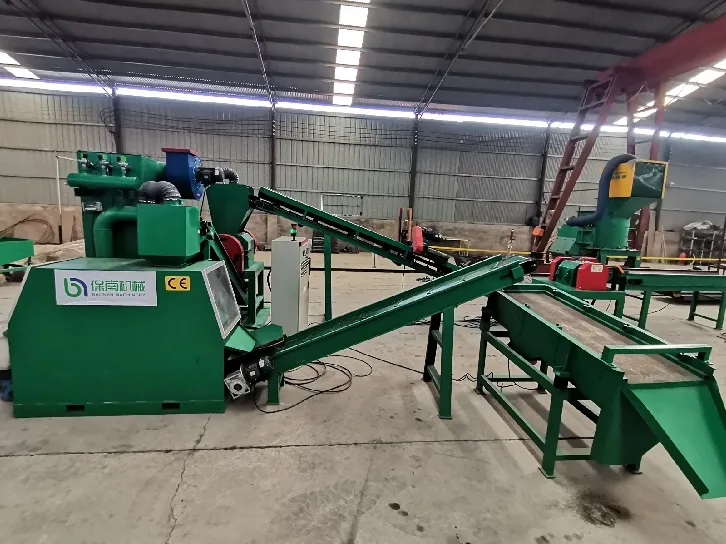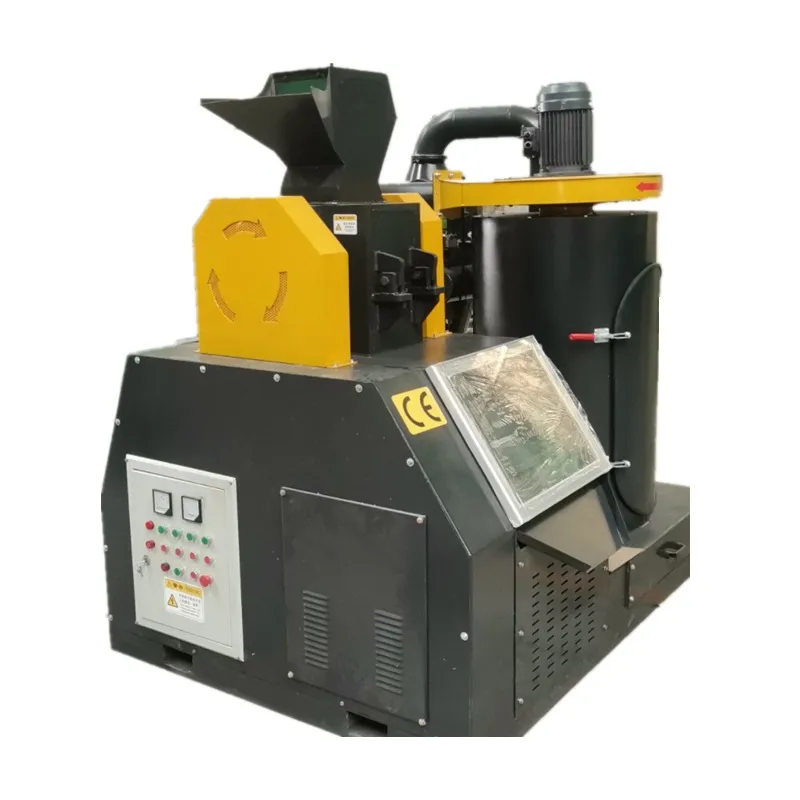Industrial scrap shredders play a pivotal role in the modern recycling landscape, revolutionizing how industries manage waste materials while promoting environmental sustainability. Companies looking to increase efficiency and environmental responsibility in their operations often turn to these powerful machines. Utilizing decades of experience and advanced technology, industrial scrap shredders have become essential tools in materials management, processing various types of metal, plastic, rubber, and other scrap materials.

Behind the success of industrial scrap shredders lies years of expertise in engineering and manufacturing. These machines are purpose-built using high-quality, durable materials designed to withstand the toughest conditions. Industrial shredders incorporate robust rotary blades crafted to handle dense scrap and reduce wear and tear over prolonged periods. Advanced design ensures that they maintain operational integrity, providing reliable service with minimal downtime.
A significant advantage of industrial scrap shredders is their versatility. They are designed to handle a broad spectrum of materials, offering tailored shredding solutions for different industrial needs. Whether it's automobile scrap, electronic waste, or industrial metal, these machines can be configured to process specific materials efficiently. This flexibility maximizes throughput and ensures consistent quality, making them indispensable in various sectors, including automotive, construction, and electronics recycling.

One must acknowledge the authority these systems command in recycling processes. They reduce large, cumbersome scrap into manageable sizes, making it easier to transport or further process materials. This capability not only streamlines waste management procedures but also enhances the recycling potential of materials, reducing overall environmental impact. Industries benefit from significant cost savings on waste disposal and resource recovery, optimizing their production processes while contributing positively to sustainability goals.
Operator safety and machine efficiency are paramount in the design of industrial scrap shredders. State-of-the-art models include safety features such as automatic reverse functions to prevent jamming, self-diagnosis systems for preventive maintenance, and noise reduction technology to create a safer, more comfortable working environment. These additions build trust and confidence in the equipment, ensuring operators can work without fear of malfunction.
industrial scrap shredder
Trustworthiness in a scrap shredder is further reinforced by extensive testing and quality assurance protocols. Manufacturers subject their machines to rigorous testing under various conditions, simulating real-world scenarios to ensure performance standards are met. Certifications from reputable industry bodies offer additional assurance of compliance with environmental and safety regulations, which is crucial for maintaining reputational capital in eco-conscious markets.
End users consistently report increased satisfaction and productivity when integrating industrial scrap shredders into their processes. Testimonials highlight significant reductions in waste management costs and improvements in material recycling rates, reaffirming the efficacy of these machines. These endorsements underscore the shredder's role in not only enhancing operational efficiency but also in supporting broader corporate social responsibility objectives.
Staying at the forefront of industrial shredding technology necessitates continuous innovation and adaptation. Manufacturers dedicate resources to research and development, embracing advancements in automation and AI to refine shredding processes further. Emerging trends include the integration of smart sensors and IoT technology, allowing for real-time monitoring and data analytics, which facilitates smarter decision-making and predictive maintenance.
In conclusion, the industrial scrap shredder is a cornerstone of efficient waste management and recycling processes. Its multifaceted capabilities, grounded in expertise and innovation, position it as a critical asset for industries aiming to enhance operational efficiency, environmental responsibility, and sustainability. With continuous improvements and a robust design ethos, these machines stand as testaments to engineering prowess and environmental stewardship.


